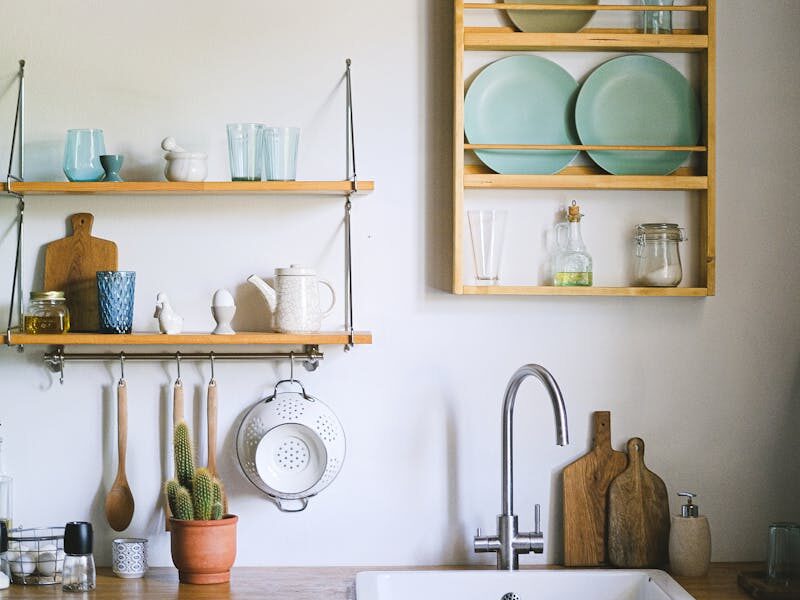
Trends always promise transformation. A paint color, a furniture swap, a wall accent — they make you feel like your home could become a magazine spread overnight. But fads fade, and suddenly the “modern must-haves” look more like time stamps. These are the trends everyone loved, photographed, defended, and eventually wished they hadn’t followed so faithfully.
The All-Gray Everything Phase
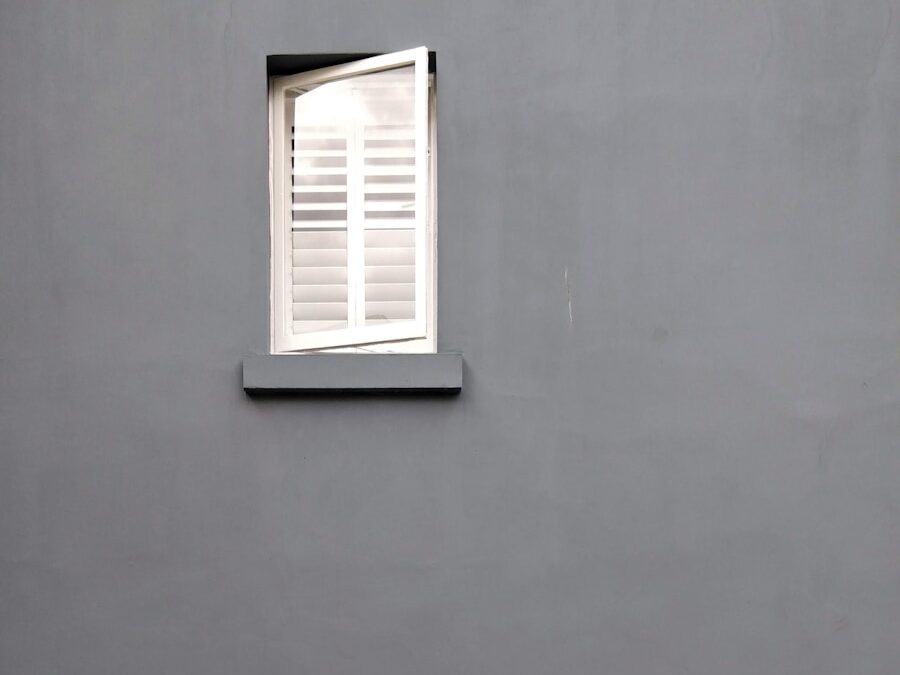
For years, gray was the universal answer to “What color should I paint this?” It looked modern, neutral, and safe. Then everyone realized it was also cold, flat, and lifeless. Entire homes turned into grayscale photos—gray floors, gray sofas, gray walls, gray rugs. It worked in showrooms but not in real life, where warmth actually matters. Morning light bounced off those gray surfaces and made everything feel dull.
Open Shelving in the Kitchen
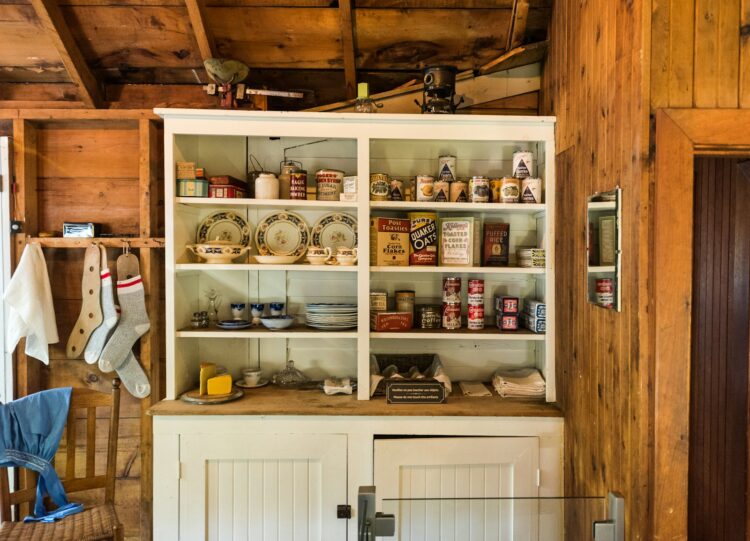
The photos looked dreamy—clean dishes, neat stacks, plants in jars. The reality? A daily war with dust and fingerprints. Open shelving sounded minimalist until you realized it required constant styling to look “effortless.” A stray mug or mismatched plate broke the entire illusion. You couldn’t even fry an egg without coating everything in a fine layer of grease.
Word Art Everywhere
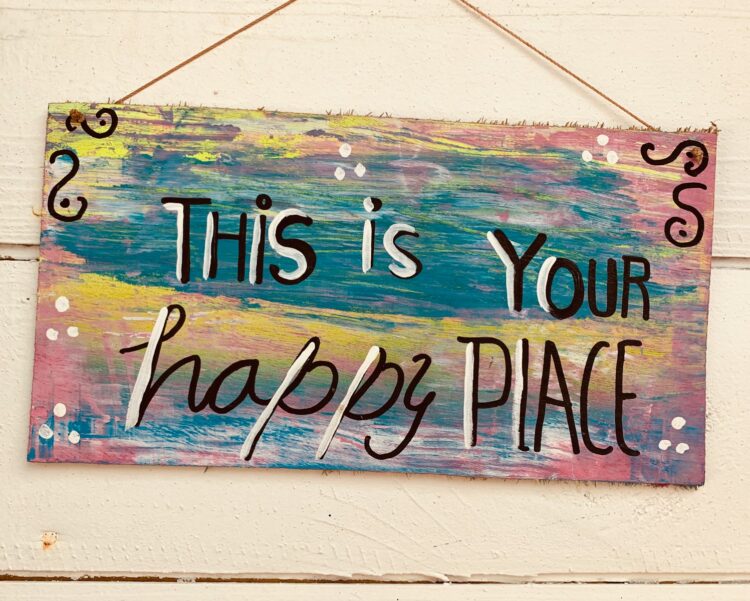
It started sweet—quotes that made a house feel personal. “Family,” “Home,” “Live Laugh Love.” Then it spread like wallpaper disease. Soon, every wall was telling you to “Breathe,” “Dream,” or “Bless This Mess.” At first, it felt inspiring, then a little condescending, and finally just exhausting. The problem wasn’t the words. It was how often they replaced the real personality. After a while, people realized their homes were repeating the same phrases as everyone else’s.
Accent Walls in Loud Colors
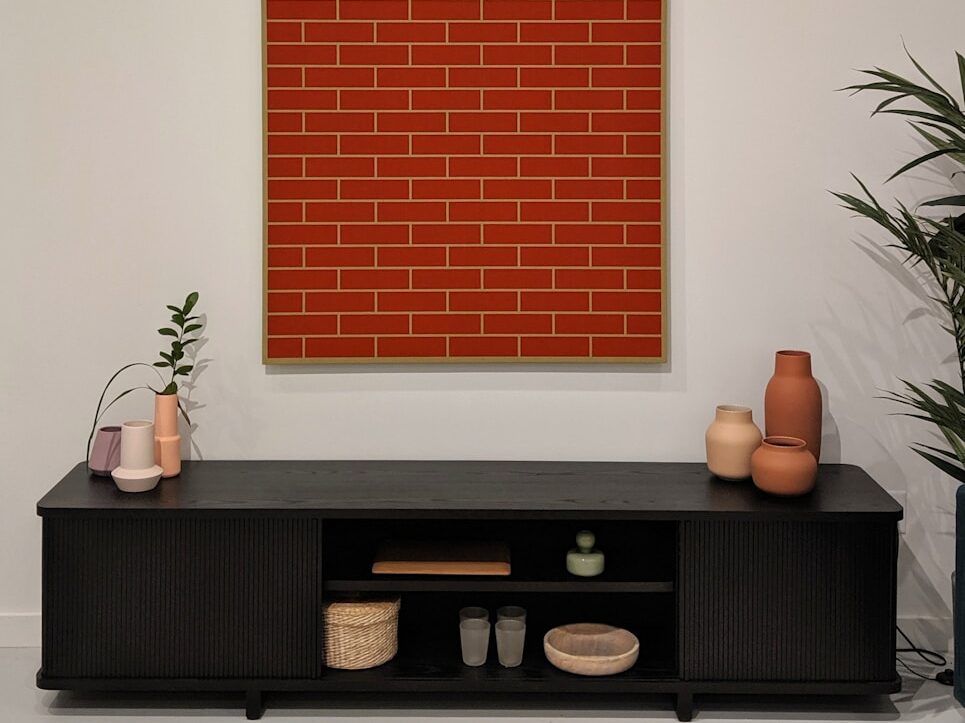
That one bright red wall felt bold for a month. Then it started shouting every time you walked in. Accent walls were the quick-fix thrill of the 2000s: one wall to “show personality.” The problem? Personality changes, and bright colors don’t whisper. What once felt brave now dominates photos and ruins furniture pairings. People spent years painting over that same stubborn red or teal they once loved. The truth is, color works best when it moves quietly through a room, not when it screams for attention.
Barn Doors on Everything
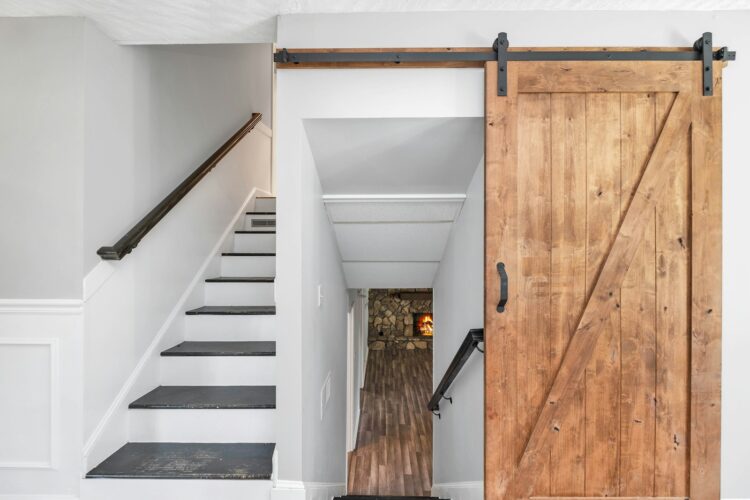
When the farmhouse trend hit, sliding barn doors replaced perfectly good hinges everywhere—from bathrooms to closets. It looked rustic in photos but awkward in reality. They never fully closed; they clattered, and privacy disappeared. Everyone learned the hard way that what works in a barn doesn’t always belong in a hallway.
Granite Countertops With Heavy Patterns
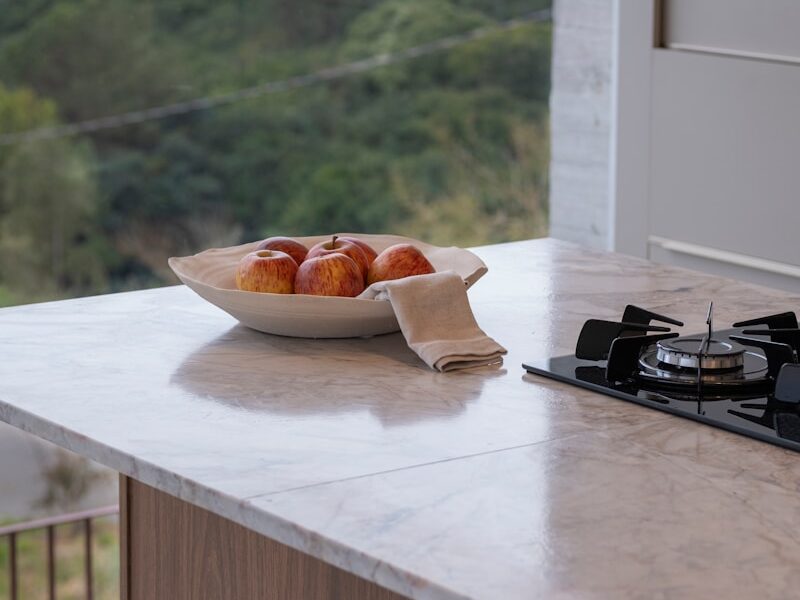
In the 2000s, dark, busy granite screamed luxury. Swirls of brown, gold, and black filled kitchens across the country. They looked rich under showroom lights but chaotic under daylight. No matter how clean the counters were, they always looked slightly messy. Matching backsplash tiles made everything worse. Over time, homeowners realized that subtle textures age better than drama.
Shiplap on Every Wall
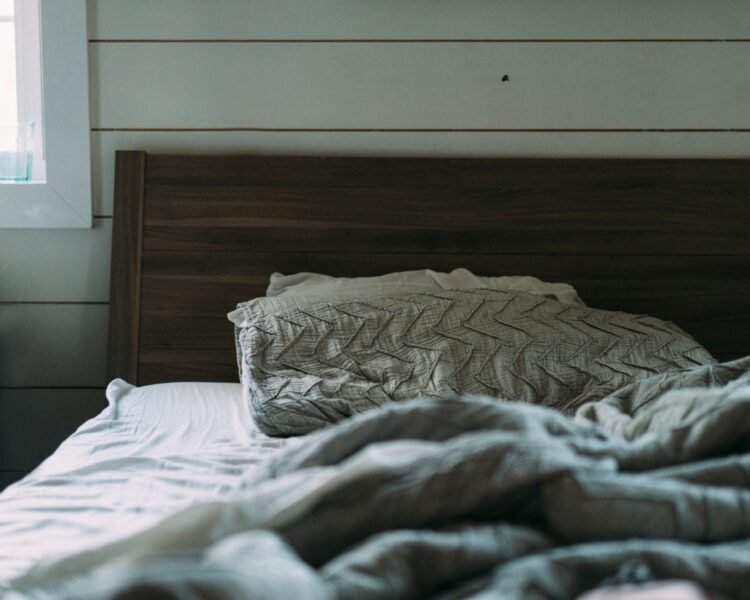
Once upon a time, shiplap was charming—a farmhouse accent that felt cozy and simple. Then it multiplied. Whole houses were covered in white planks until they looked like rustic saunas. The trend promised texture but delivered monotony. Cleaning between those boards became a nightmare, and painting over them meant endless grooves. Shiplap worked when it was rare, not when it was everywhere.
Tuscan Kitchens
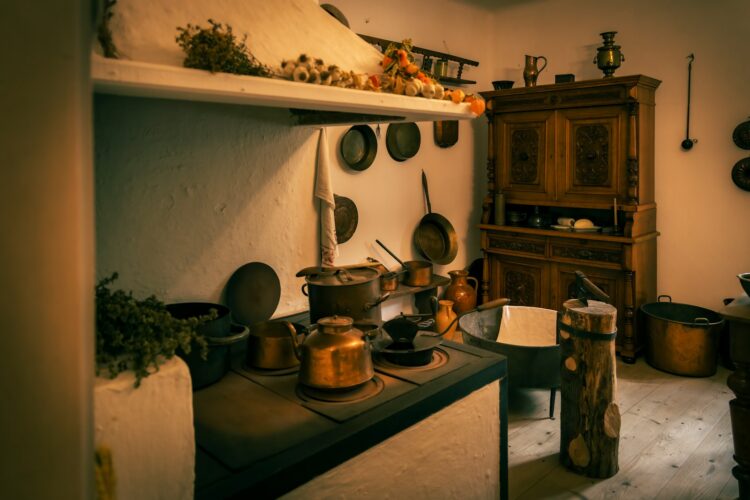
There was a time when everyone wanted to live in a faux Italian villa—dark cabinets, ornate ironwork, textured walls, and heavy stone tiles. It felt rich, dramatic, and old-world. Then everyone realized it was also dim, dated, and impossible to modernize. Those kitchens aged fast, especially once light, open spaces came into fashion. The heavy brown tones made even morning coffee feel like a medieval banquet.
Matching Furniture Sets
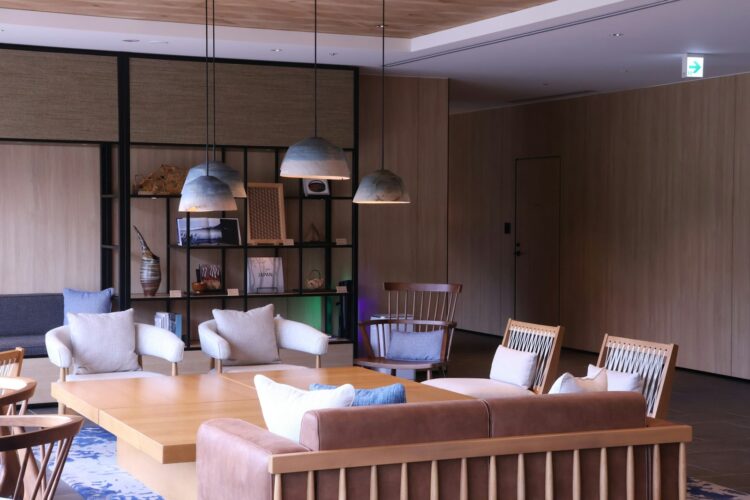
Buying the entire showroom used to feel efficient—bed frame, nightstands, dresser, mirror, all perfectly matched. However, what looked “coordinated” quickly started feeling sterile. Real homes need mix, not uniformity. Matching sets made every bedroom look like a hotel, not a person’s life. People learned that individuality doesn’t come in a four-piece bundle. The best rooms grow slowly, one item at a time, not in a single delivery truck.
Overly Distressed Furniture
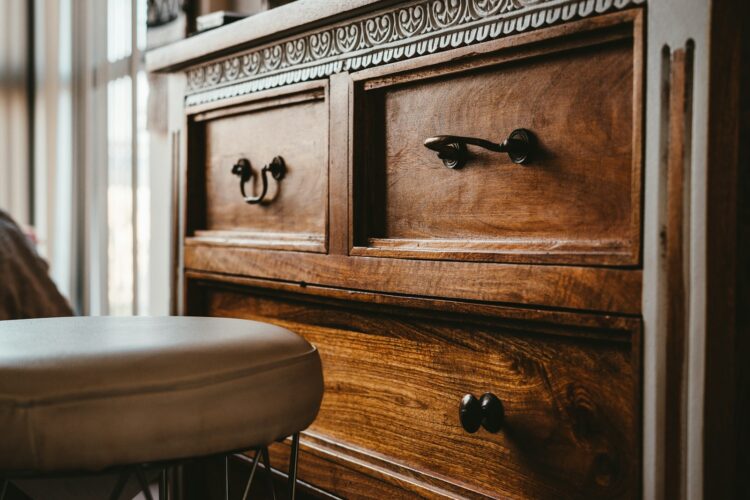
For a while, everything had to look “shabby chic.” Perfectly good tables were sanded down to look like they’d survived a flood. The charm faded once people realized they’d paid extra to make new furniture look ruined. A touch of age adds character; fake damage just feels try-hard. Entire living rooms looked like they’d been rescued from a barn fire. The “distressed” look worked in small doses—until it started looking more like neglect than style.
Heavy Curtains and Swags
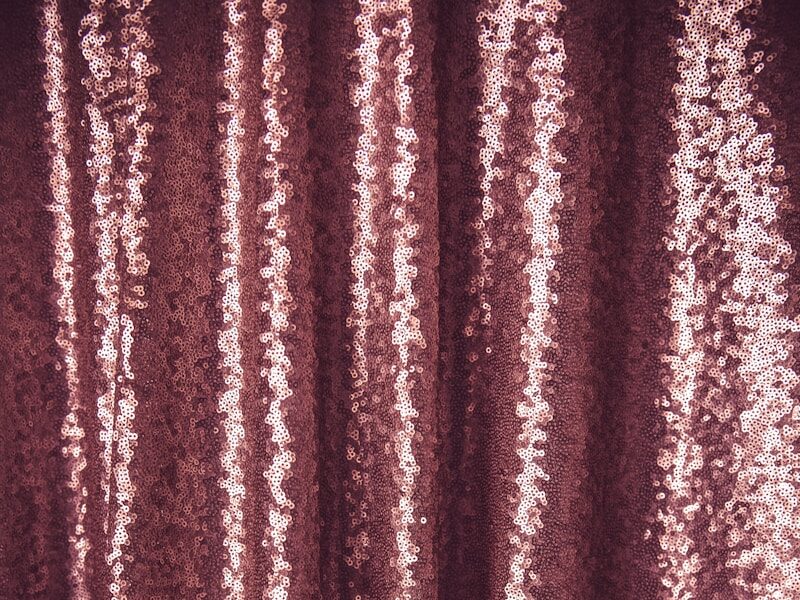
Once a symbol of elegance, those layered drapes with tassels and valances now feel suffocating. They blocked natural light, collected dust, and made rooms smaller. The more fabric, the more “formal” it was supposed to look. But all that grandeur quickly turned gloomy. People started ripping them down, shocked by how much lighter their rooms felt. Turns out, windows don’t need costumes—just light, air, and space to breathe.
Popcorn Ceilings
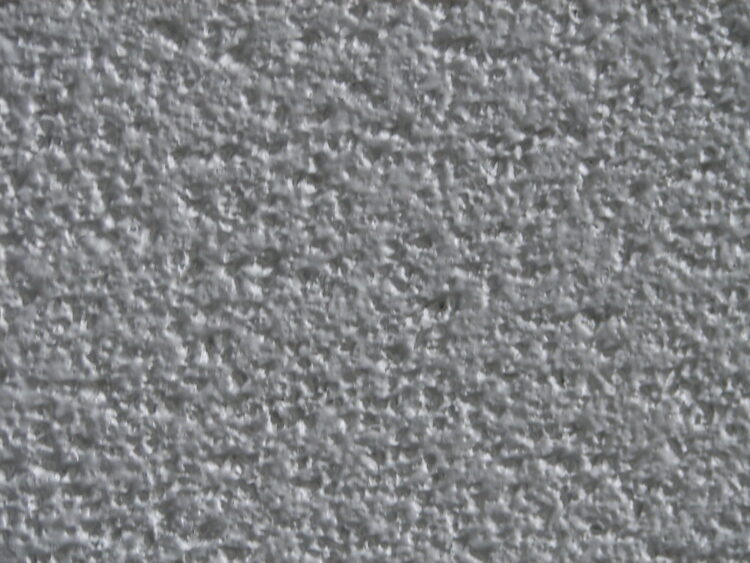
Every home built before 1995 had them. They were meant to hide flaws and absorb sound, but mostly they trapped cobwebs and regret. Popcorn ceilings were impossible to clean and always flaked when painted. Once smooth finishes came back in style, people realized just how much texture they’d been living under. Entire weekends disappeared, scraping away what builders once swore was “low maintenance.” The ceiling finally stopped snowing, but the memory lingers.
Wall-to-Wall Carpeting Everywhere
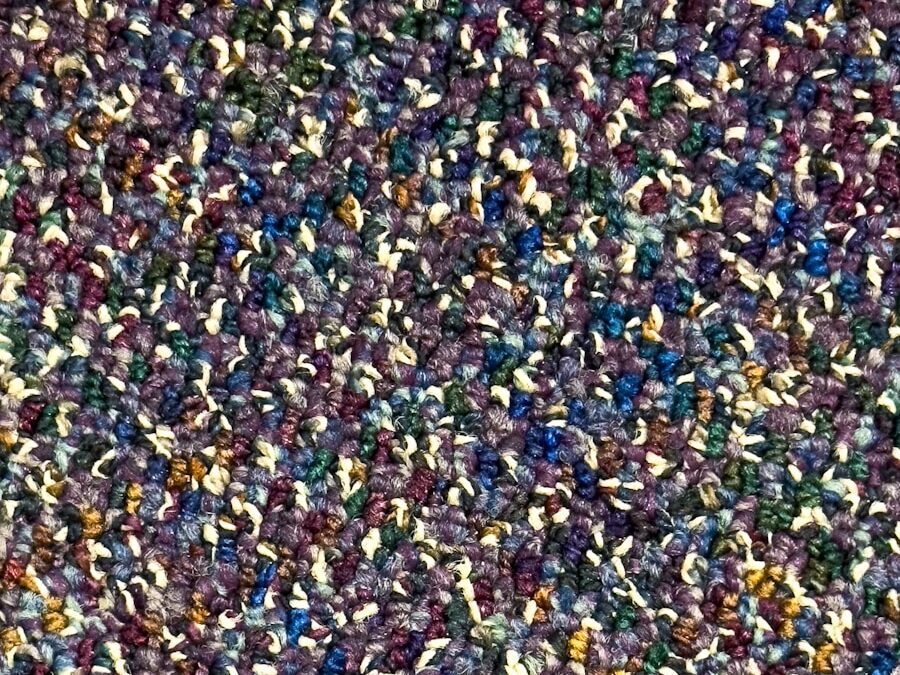
There’s something cozy about soft floors—until you realize they hold everything: dust, smells, stains, and history. Entire houses once glowed beige under a sea of carpet. It hid squeaky floors but trapped every spill forever. People thought hardwood looked cold until they tried vacuuming stairs every week. Eventually, the warmth of the carpet gave way to the relief of a mop. Nothing dates a house faster than carpet that matches the drapes… and the decade.
Vessel Sinks
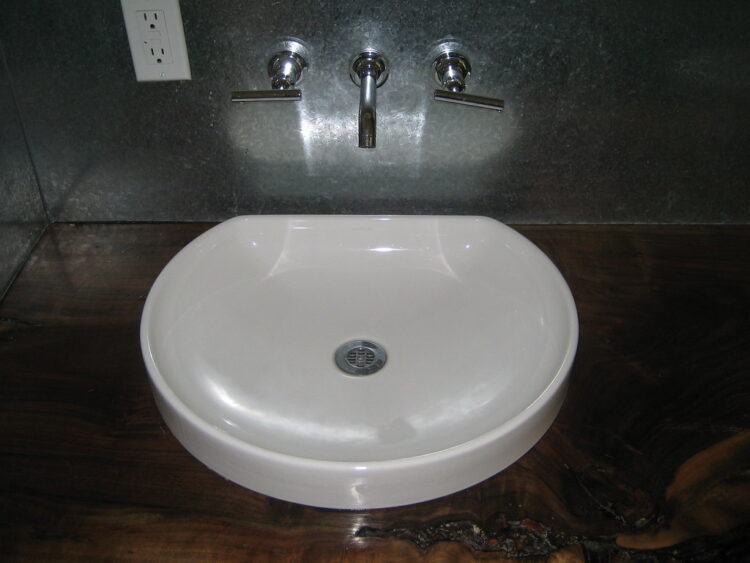
They looked like art when they first appeared—bowls perched gracefully on counters. But they splashed, cracked easily, and stole precious space. Cleaning around them was tedious, and the novelty wore off fast. Most homeowners eventually replaced them with something practical. Vessel sinks were beautiful for about a week, then became daily reminders that function always wins. If you’ve ever washed your hands and splashed your shirt in one, you understand the regret.
Fake Plants in Every Corner
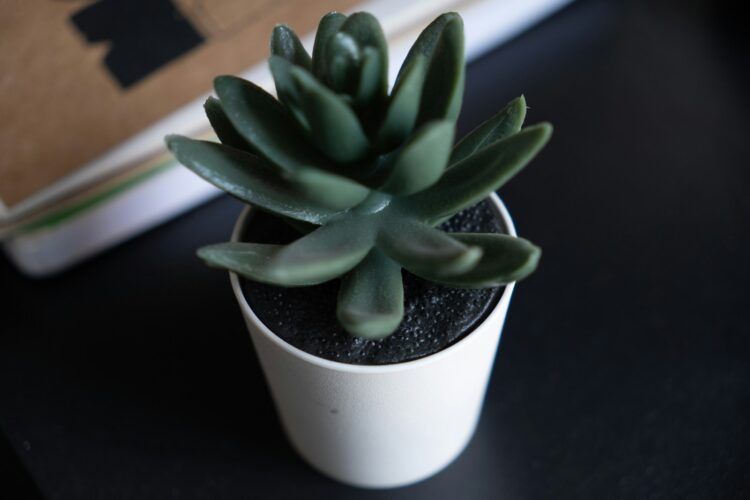
Everyone went through a phase of silk greenery—perfectly symmetrical, unnaturally shiny, and forever dusted. Theypromised low maintenance, but the “no care” look quickly turned to “no life.” Fake plants fooled no one, especially after a few years of fading under sunlight. The trend tried to mimic nature without respecting it. Eventually, people realized that even one struggling real plant looks better than a forest of plastic ones. Life, after all, is what makes a home feel alive.

